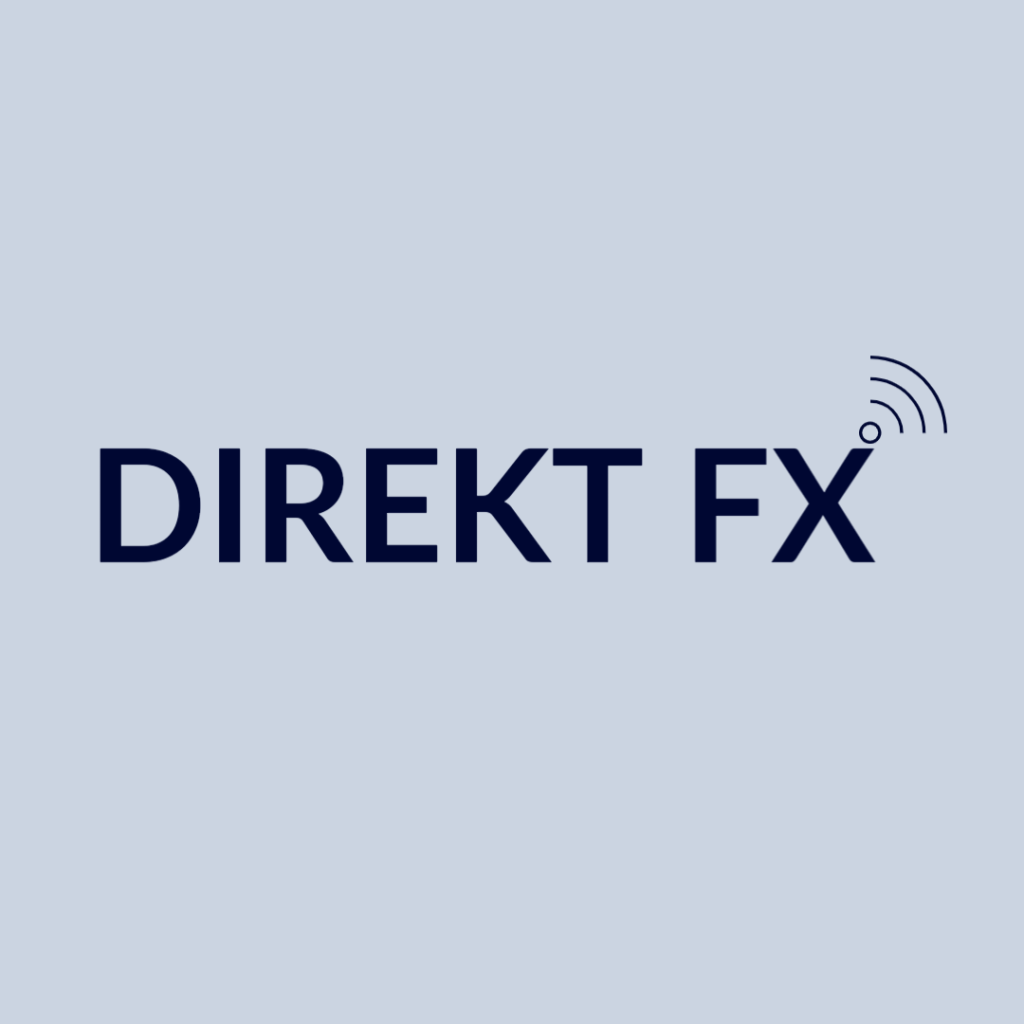
How Can FX Brokers Select the Best LPs to Use?
As FX brokers add cryptocurrencies to their offerings, determining how to select the best LPs remains a challenge.
In the previous post, we discussed the benefits and disadvantages of exchanges vs. LPs for brokerages. As a result, it is becoming increasingly clear that forex brokers must include Cryptocurrencies in their offering. The best and quickest way to accomplish this feat, however, is to obtain liquidity from a crypto broker-liquidity provider (LP).
Crypto broker LPs either make markets on cryptocurrencies, similar to CFDs, or STP all incoming trades to cryptocurrency exchanges. Forex brokers can use a market maker or a STP crypto broker-LP. We will compare STP and market marker crypto broker-LPs in this article. Here’s how each method works.
STP’ing
Orders from their broker clients will be routed to the exchanges by a STP liquidity provider. With little human interaction, they typically automate the order flow to one or more of their exchange partners.

Crypto Market Maker LP
A market making LP will quote their broker clients on what the market is showing, and trades are either booked internally or sent out to the market. Similarly to FX, the market maker (MM) can be the counterparty to a cryptocurrency transaction.

STP and Market Maker LPs are compared
The following table lists the important parameters that brokers should consider when deciding which broker LP type to work with:

Leverage
In most cases, the market maker will provide higher leverage. An STP crypto LP is restricted by the leverage provided by their exchange partners. Leverage is typically limited to a maximum of 3:1. In some cases, the MM crypto LP can be as high as 20:1.
Commissions
Exchanges charge commissions to STP crypto LPs, which they must recoup from their broker clients. While market makers make money from their trading activities, they do not always need to charge a commission. Having said that, STP LPs may aggregate multiple exchanges and obtain a tighter spread than market makers.
Because cryptocurrencies are a new asset class, market maker LPs may struggle to manage risk as a result of unexpected events and predatory trading. STP LPs simply offload that risk to the exchanges.
Number of instruments
Adding more instruments to monitor for a market maker is always a daunting task. The overhead cost of adding an instrument to an MM LP is significant. As a result, most MM LPs keep things simple by offering Bitcoin and Ethereum as their ‘majors.’ They will almost always have more crypto pairs with a STP LP because it is less of a strain on them than an MM.
STP brokers typically get their prices from exchanges. Because exchanges can experience downtime, having this dependency can be detrimental to broker clients. A MM LP is less likely to experience these issues because it is not as reliant on exchanges for order execution. If one exchange, the market-making LP will obtain a quote from another source.
Type of transaction
Crypto currencies are notoriously volatile. Retail traders lose as a result of this. Brokers may be interested in profiting from these losses. A market maker LP is more likely to collaborate with a broker on a revenue-sharing basis. Depending on your clientele, this could lead to more lucrative deals.
Predatory Trading
Prices for the same instrument vary from broker to broker and exchange to exchange because cryptocurrencies are a new instrument. Bitcoin, for example, can be priced at 3494 on one exchange and 3500 on another.
Predatory traders will attempt to get benefit from these price differences. You will be less likely to be in danger if you use fast connectivity technology and a STP crypto LP. A market maker, on the other hand, may lose to predatory traders because it is trading against them.
Recommendation from Nekstream
Both STP and market making crypto broker-LPs have benefits and disadvantages. In an ideal world, we recommend aggregating multiple crypto broker-LPs into your connectivity solution (aggregator) and providing your clients with an aggregated feed of STP and MM LPs. This way, you can protect yourself from the risks associated with each LP type.
If you are only going to use one LP, you should look at its specific parameters. The following is a breakdown of the questions you should ask each LP type when making your decision.
You should pay close attention to market makers’ size and capitalization, pricing and deal type, and how they plan to deal with predatory traders. Focus on the number and quality of exchanges aggregated by STP broker LPs, as well as the speed of their technology.





